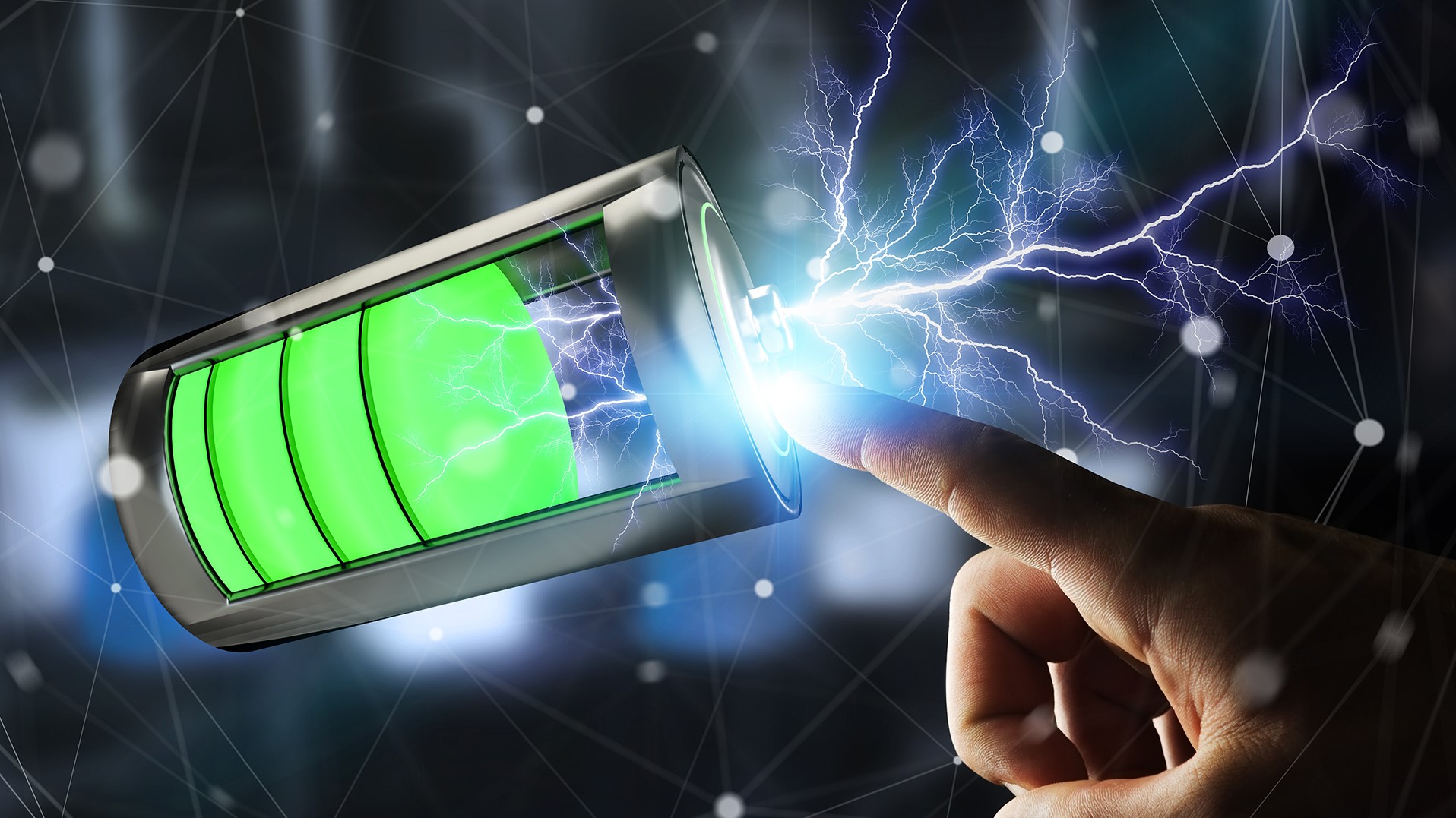The continuous spread of application scenarios has promoted the rapid development of the battery industry. Whether it is the booming new energy vehicle industry or the ascendant energy storage industry, energy storage equipment is the most critical link. The chemical power source based on the electrochemical oxidation-reduction reaction can avoid the limitation of the Carnot cycle and has an energy conversion efficiency of up to 80%. It is the most suitable tool product for the large energy storage industry. At present, the demand for the improvement of the overall performance of the battery is continuously increasing, but it is also encountering difficulties such as material physical and chemical performance limitations, process and cost optimization.
Chemical power has experienced a century of accumulation, and a perfect system has been formed under the guidance of scientific theories that can still be explored. This system includes various parts of materials and supporting manufacturing processes that make up the battery. In the future, there will still be a situation where multiple battery technologies continue to coexist, but there will be mainstream and non-mainstream. At the same time, there will be a variety of products in a single system to meet different downstream needs.
It is difficult to achieve the optimization of multiple performances under the chemical power system, and the improvement of one performance often requires the sacrifice of another performance. Therefore, based on the rich downstream application scenarios, it is decided that different battery systems will still coexist for a long time. But it must be realized that coexistence does not mean an average market share.
Performance changes are affected by multiple factors, and the direction of influence may be different. Including the type and ratio of positive and negative materials, as well as the design and manufacturing process, will affect the energy density and rate performance of the battery, which means that if the impact direction is different, the performance will not be compatible. For example, in lithium-ion batteries, the SEI film formed between the electrode material and the electrolyte at the solid-liquid interface can ensure the insertion and extraction of Li+ and at the same time insulate electrons. However, as a passivation film, the diffusion of Li+ will be limited, and the SEI film will be updated. Will cause the continuous loss of Li+ and electrolyte, and then reduce the battery capacity.
The technological battle in the high-capacity field determines the direction of the pattern. A large-capacity market means a larger share. Therefore, if a certain type of system better meets the needs of the large-capacity market, the introduction of products will significantly increase the system share. The stringent requirements for energy density in the automotive power field have enabled battery systems with higher specific energy to stand out and replace other systems.
Post time: Oct-19-2021






